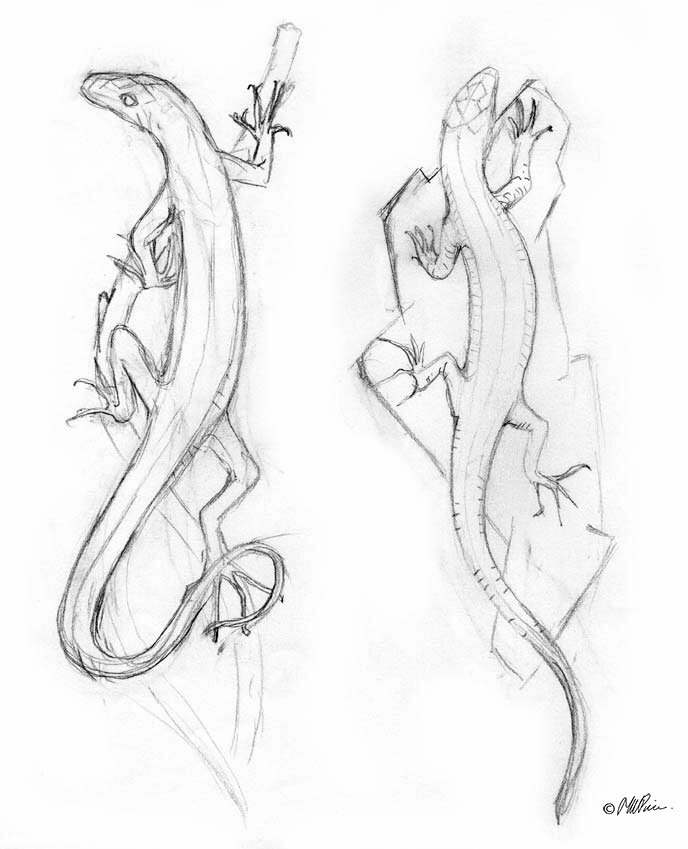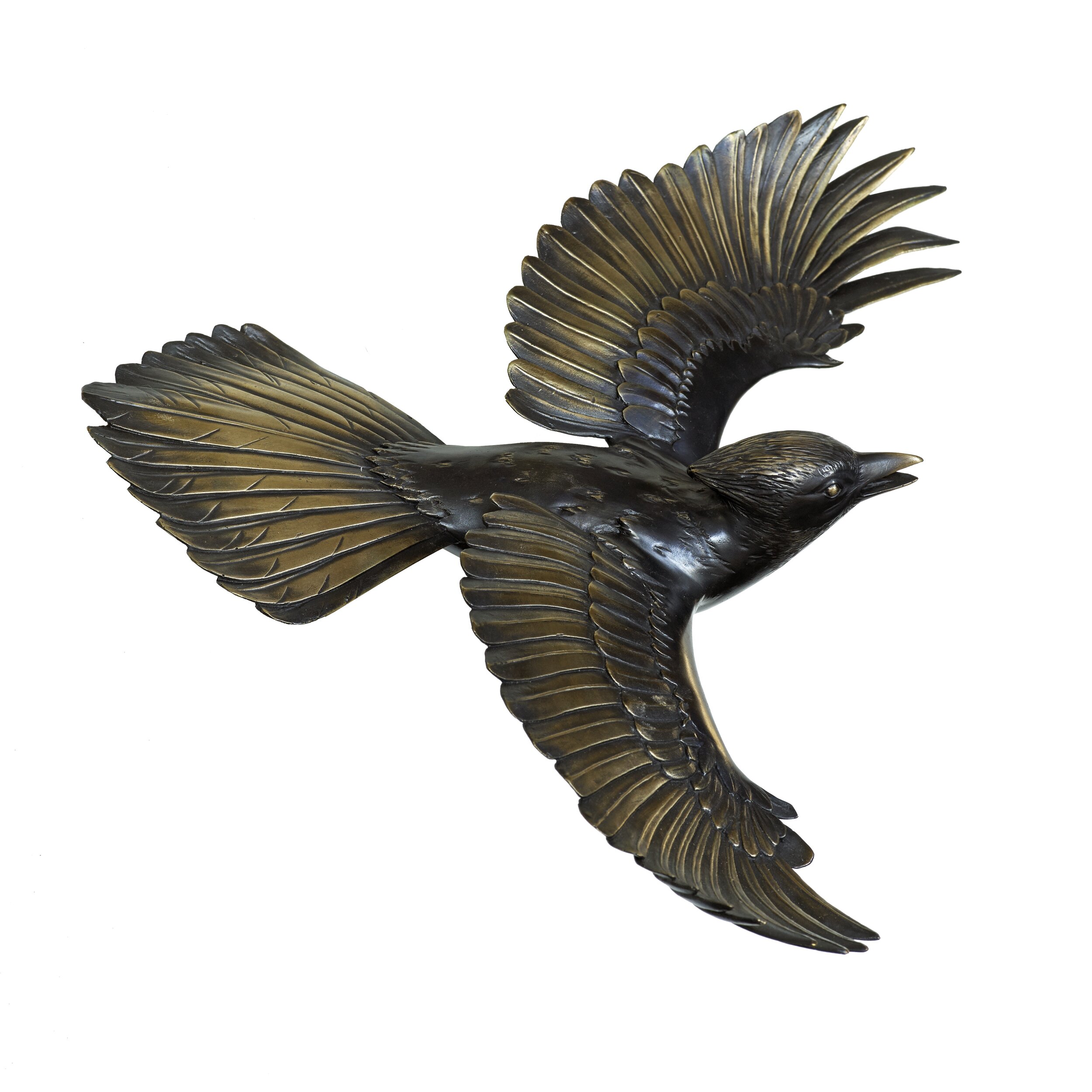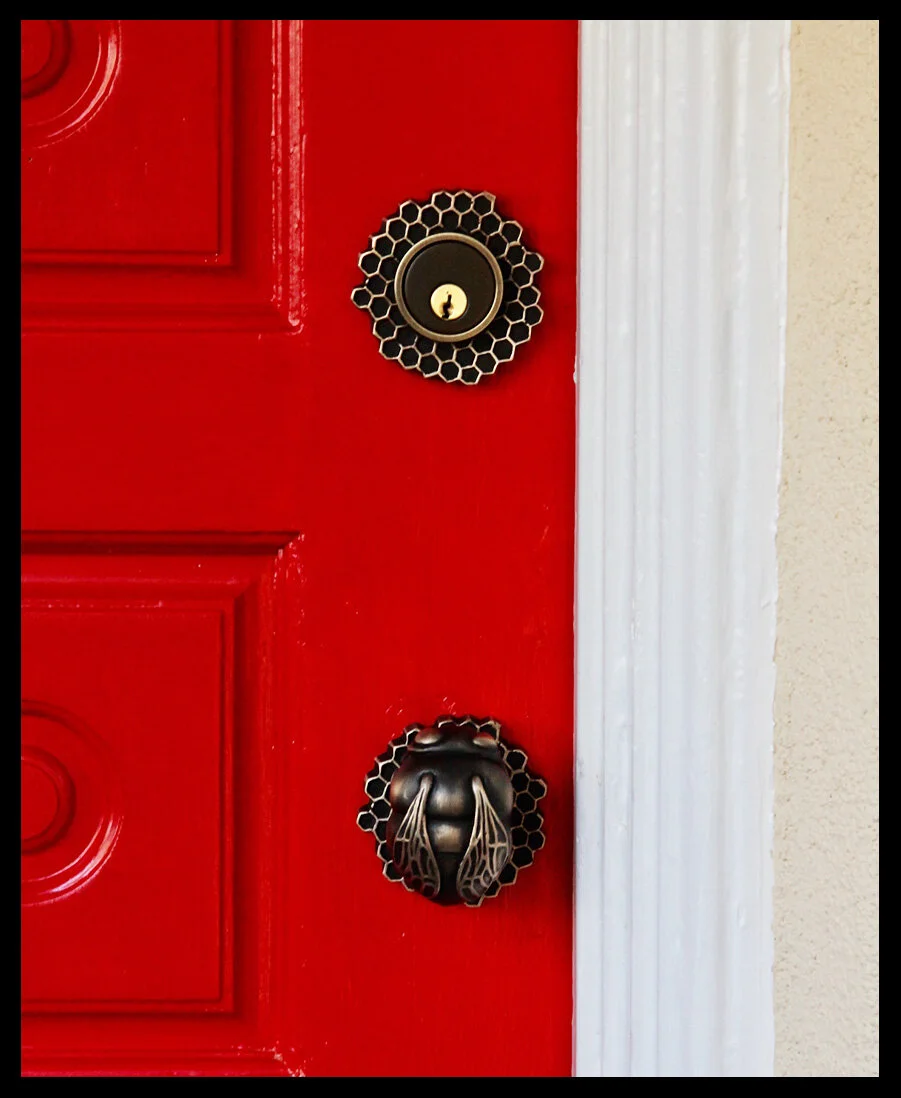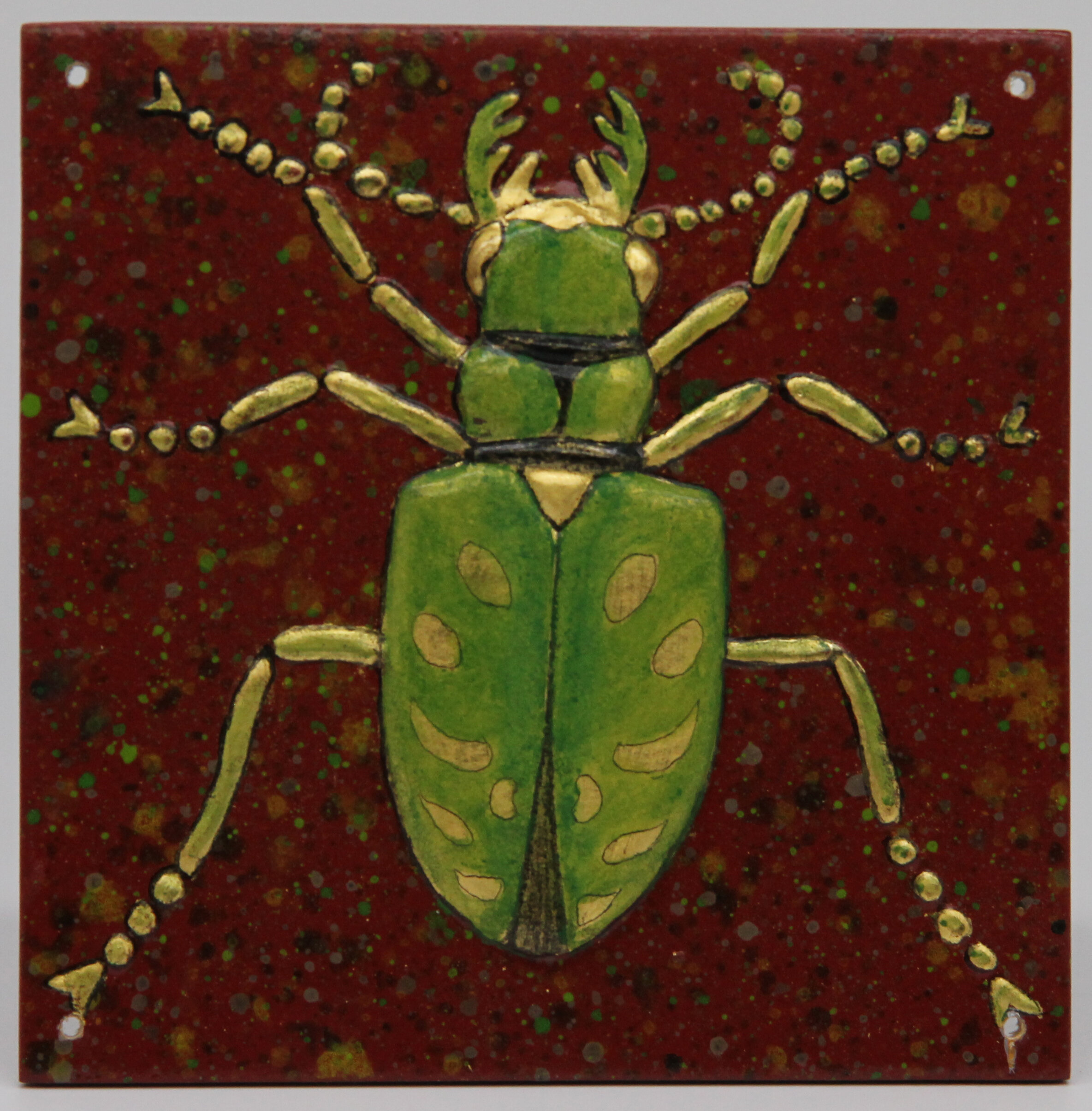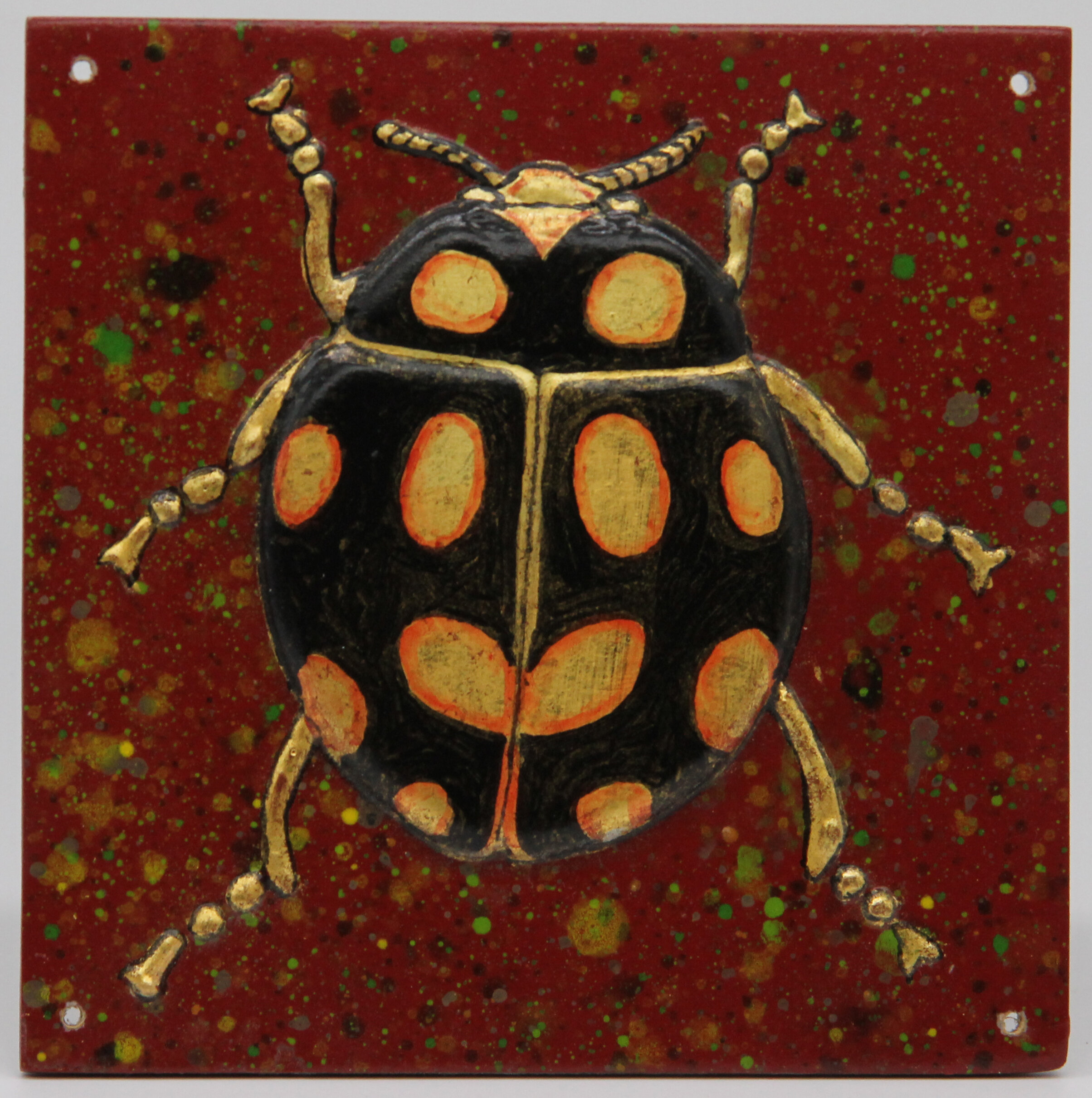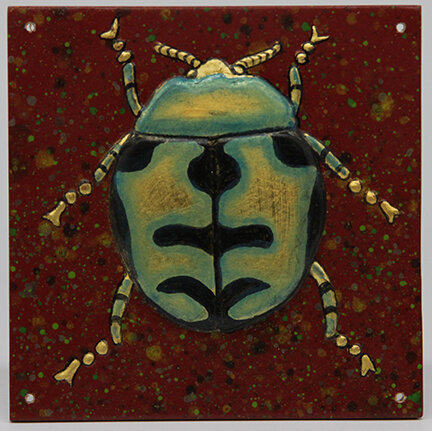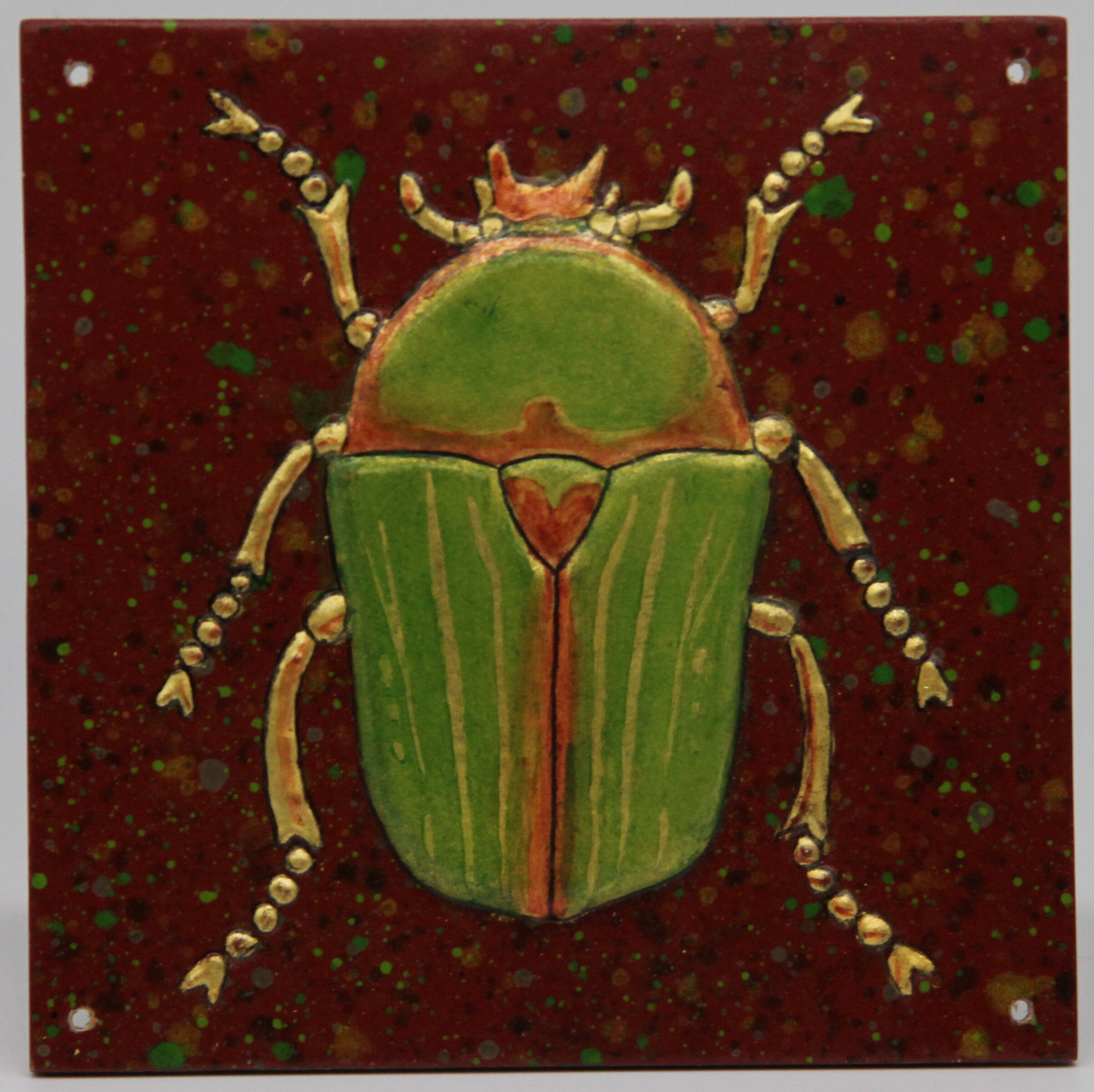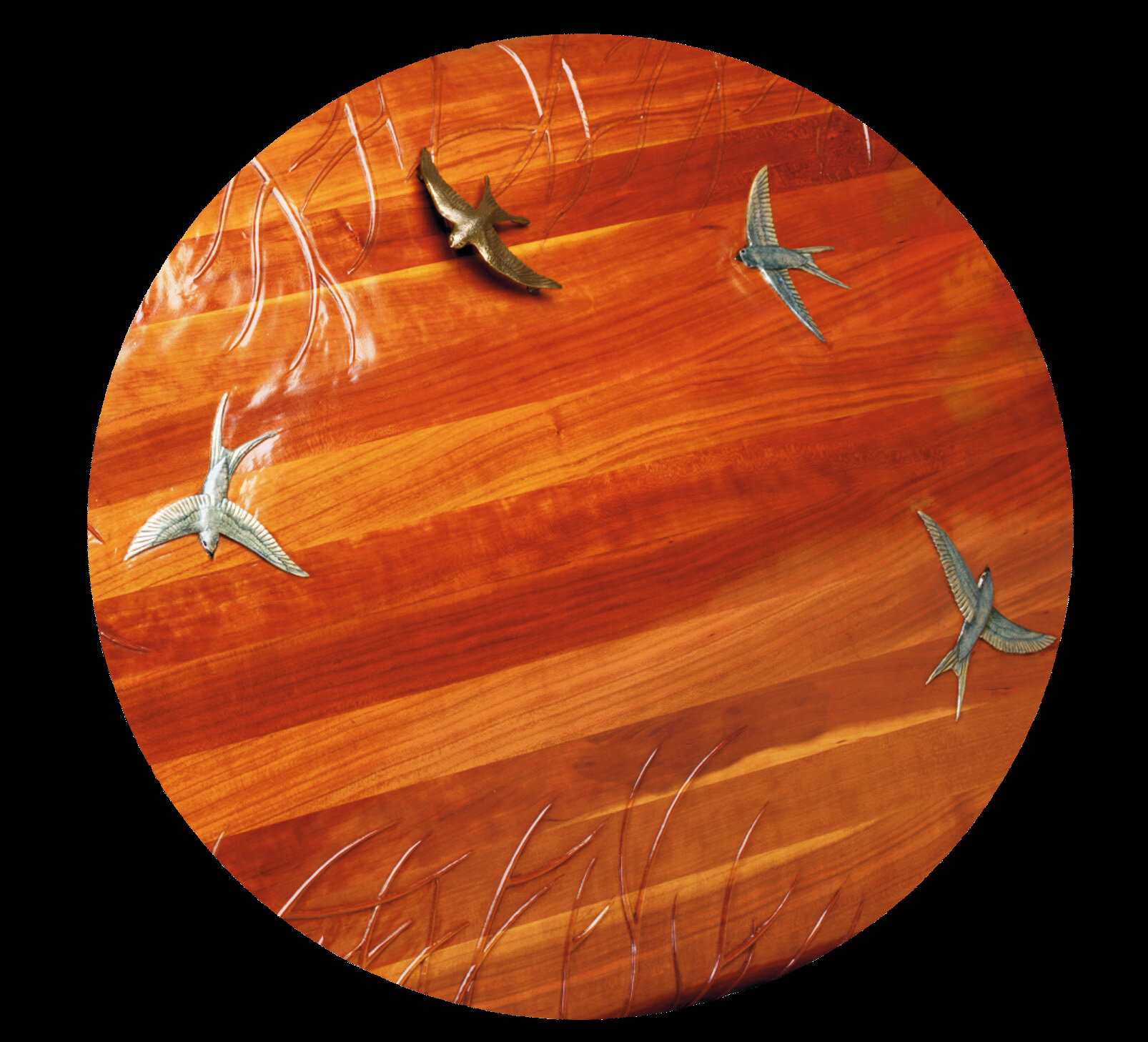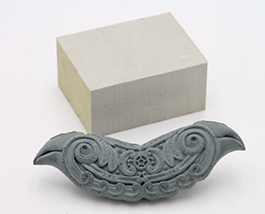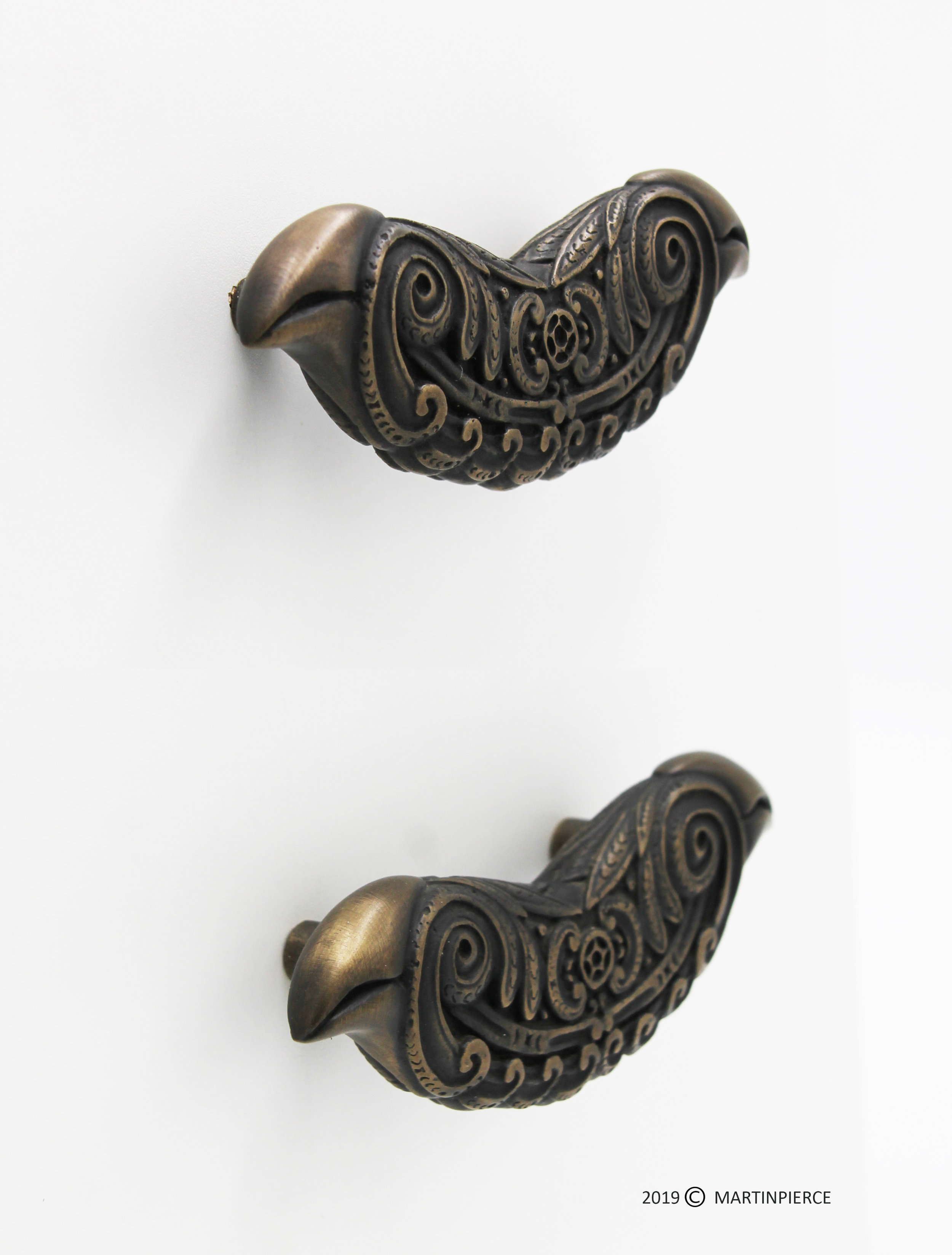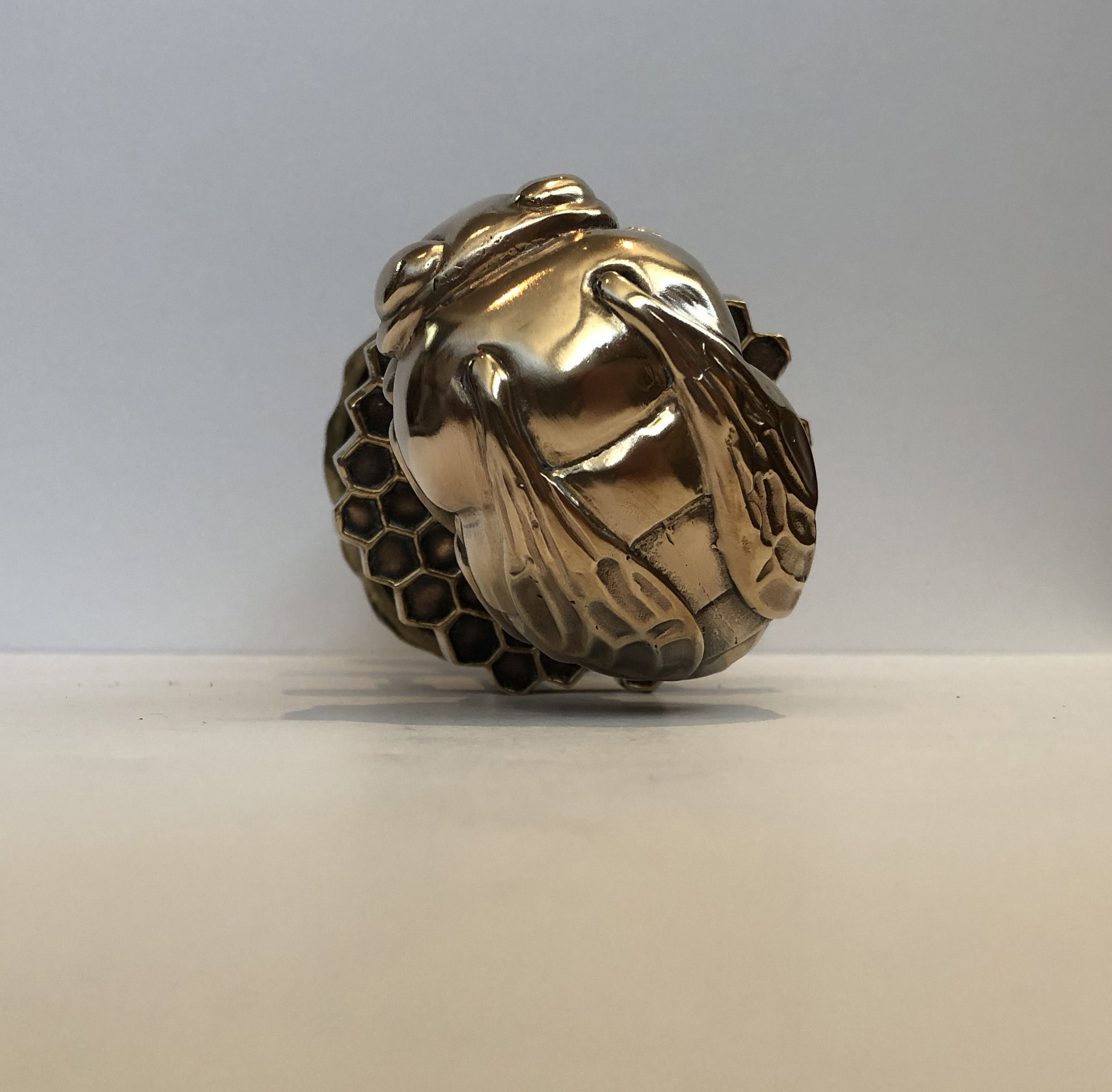The lizard we see most often in the Hollywood Hills is the California Alligator lizard, so named for its long snout and back patterning which is similar to the American alligator found in the southern states.
The similarities continue as both species have long tails and short legs and enjoy a carnivorous diet. The smaller of these 2 reptiles’ preys on much smaller creatures eating a wide variety of invertebrates but also to my surprise feeding on small birds and bird eggs.
There are several varieties of the California Alligator lizard and the ones we see in Los Angeles are distinguished by their pale iris color and by their grey scaly skin. While lizards have a 10 to 15 year life span and live here throughout the year, they tend to me more noticeable in the warm summer months when we spend more time outside and these days we are all spending a lot more time outside. The larger than life lizards in our collection of door hardware were loosely modeled on the Alligator lizard as can be seen in their long tails and pointed snout. However, as with all our nature inspired hardware designs considerable artistic license was used to modify the shape and size of both the lizard’s legs and scales to make the door handle pleasing to hold and easy to grip.
To create the lizard handles Martin’s first step was to sketch from memory his impressions of the Alligator lizard. Using this he drew a second lizard to form a pair of right and left facing door handles.


